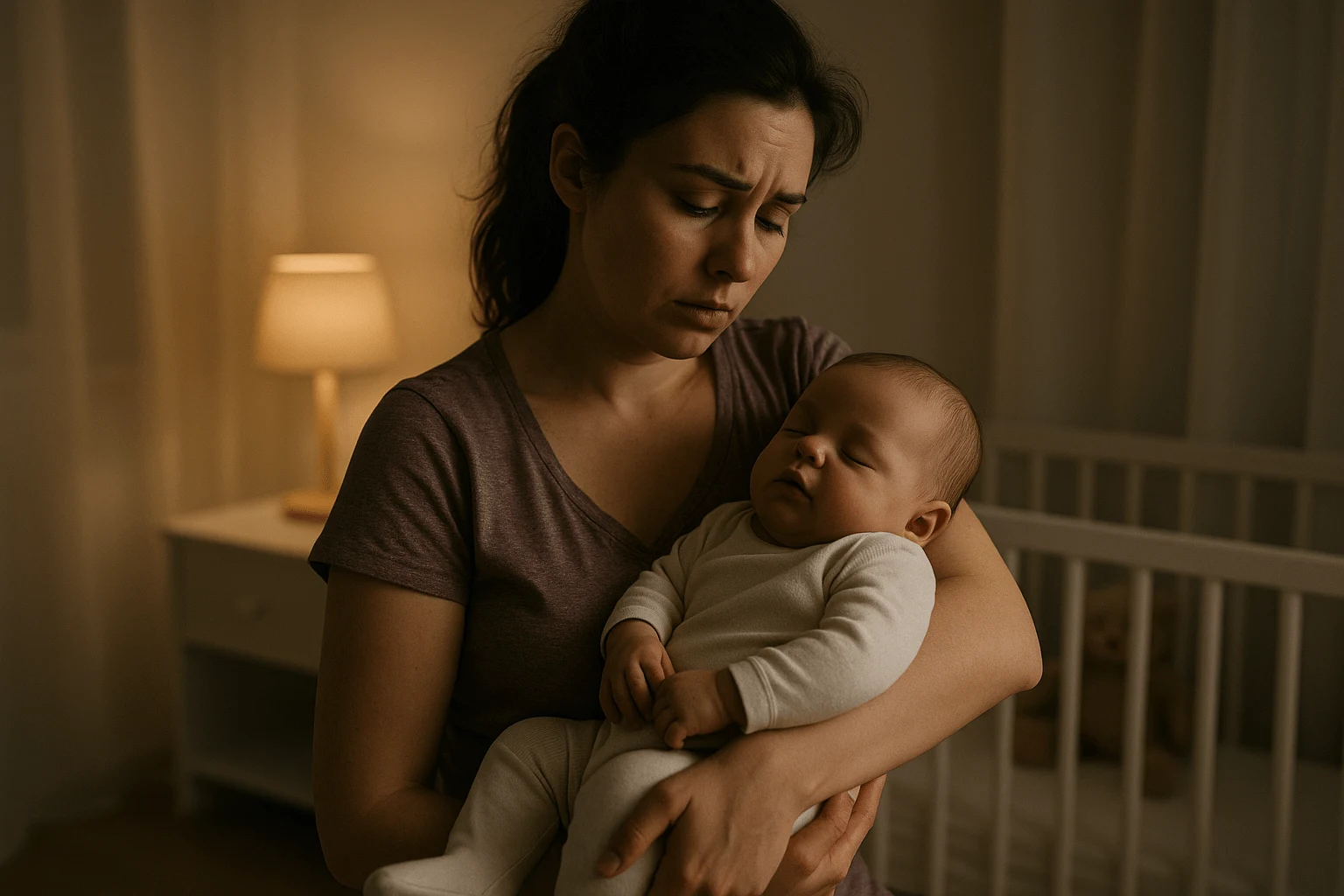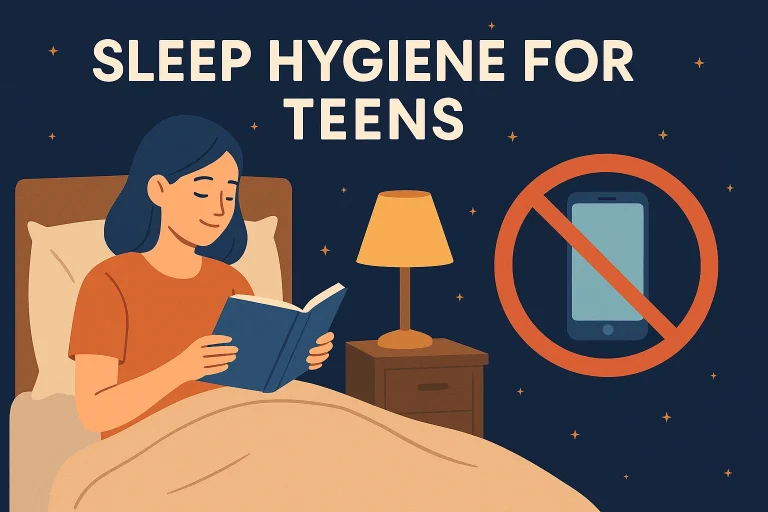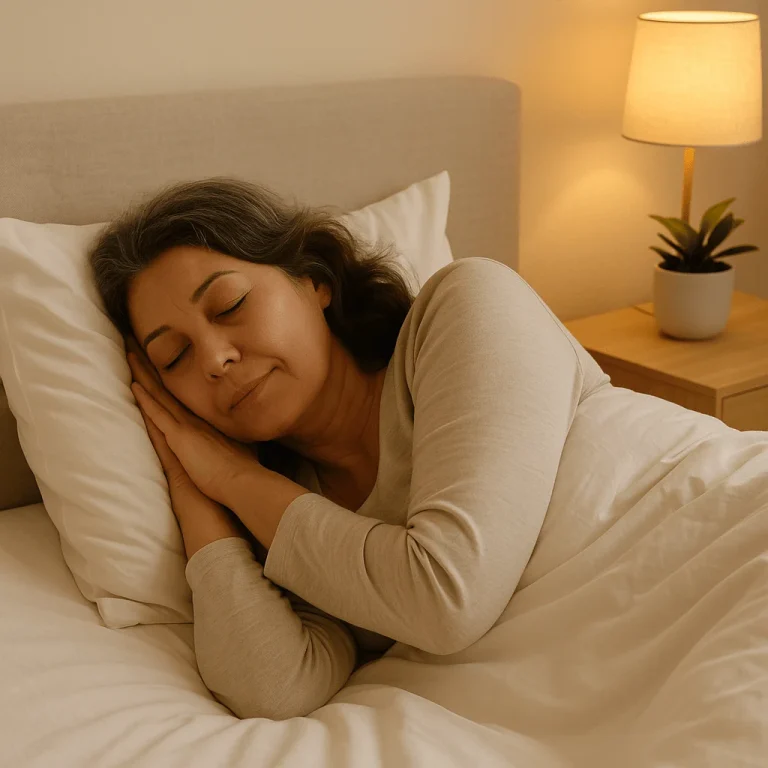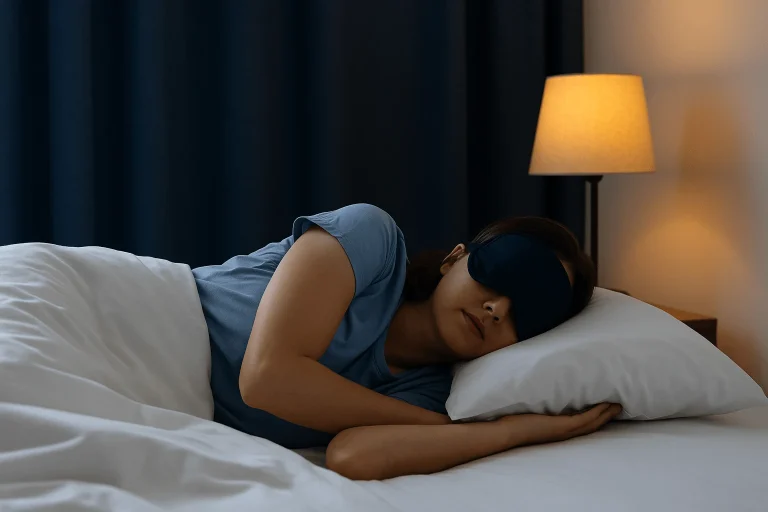6 Baby Sleep Tips: How to Help Your Newborn Sleep Better
Getting a baby to sleep well isn’t always easy. Newborns wake often, naps can be unpredictable, and it’s normal for parents to feel worn out. The good news? A few simple habits can make a big difference for your baby’s sleep—and for yours.
In this guide, you’ll discover 6 baby sleep tips that can help nights feel calmer and naps more predictable. From bedtime routines to safe sleep practices, these steps give you a foundation to build on as your baby grows.
How Baby Sleep Works: What Parents Need to Know
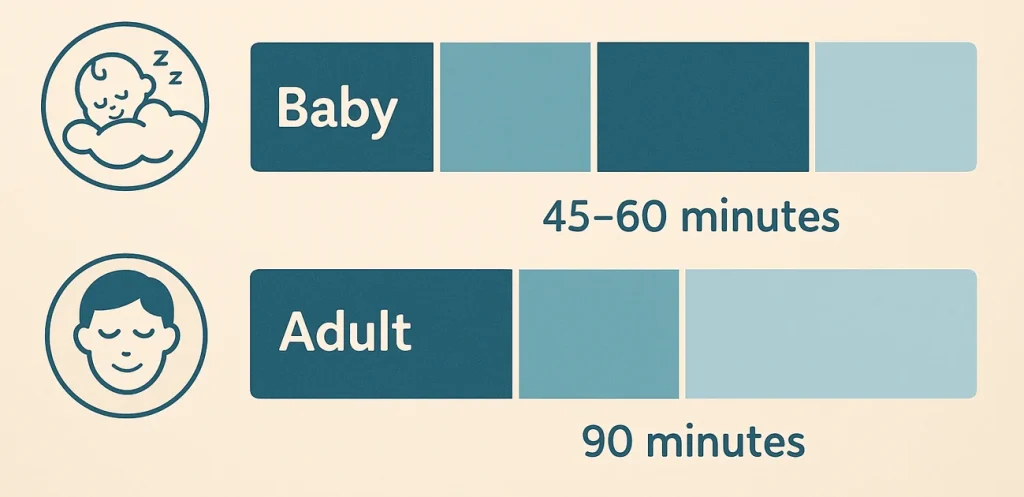
Before we get into the tips, it helps to understand what’s normal for babies. Their sleep looks very different from ours:
- Short sleep cycles: Newborns cycle through sleep in 45–60 minutes (adults average 90 minutes). That’s why babies wake more often.
- Polyphasic sleep: Babies sleep in multiple short stretches across day and night. Over time, their longest stretch shifts toward nighttime.
- What’s normal: By around one year, most babies sleep 9–14 hours at night and take one or two naps during the day. Every baby is unique, and patterns vary.
Knowing this sets realistic expectations: frequent waking in the first months is normal, and longer stretches come gradually.
Baby Sleep Tips for Calmer Nights
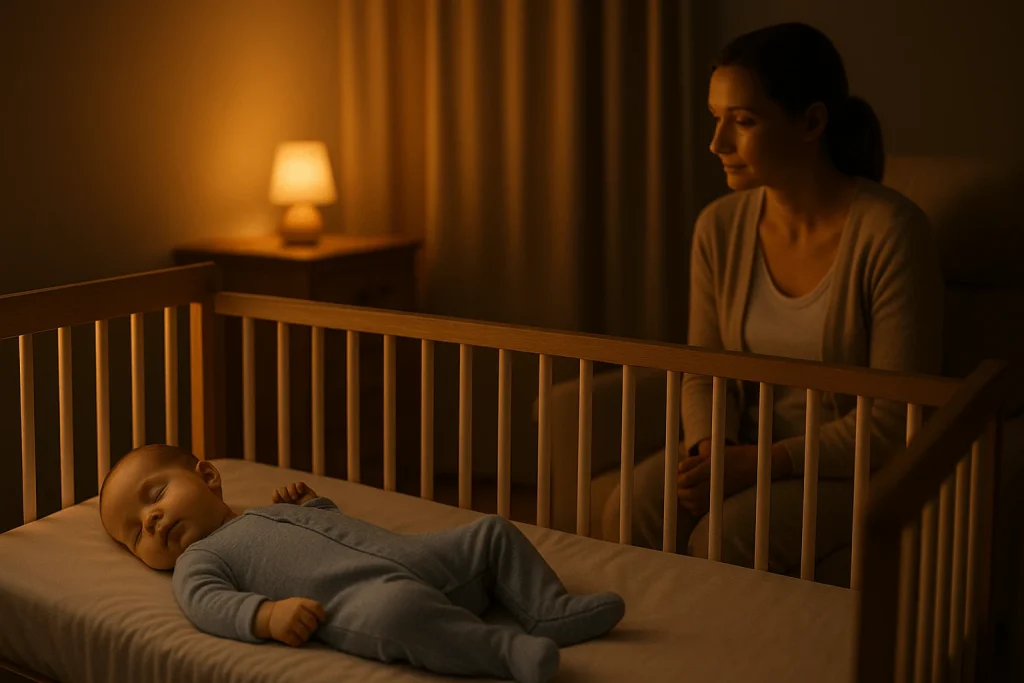
Helping your baby sleep better often comes down to small, consistent habits. Here are some simple baby sleep tips you can try:
Baby Sleep Tip #1: Start a Consistent Bedtime Routine
Create a short sequence that signals bedtime, such as:
- A warm bath
- Dim lights
- Quiet feeding or cuddles
Babies learn through repetition, and over time they’ll connect this routine with sleep.
Baby Sleep Tip #2: Keep Evenings Calm and Quiet
Avoid loud play or bright lights in the hour before bed. Read a story, sing a lullaby, or speak softly. Turn off screens at least an hour before bedtime.
A calm environment helps your baby wind down and makes it easier for them to drift off.
Baby Sleep Tip #3: Help Your Baby Learn to Fall Asleep on Their Own
Instead of rocking your baby completely to sleep, place them in the crib while they’re drowsy but still awake. If they need extra reassurance, you can stay nearby, soothe with soft “shhh” sounds or gentle patting, and gradually reduce your presence over time.
This way, your baby learns to settle independently while still feeling safe and supported.
Baby Sleep Tip #4: Handle Night Wakings Calmly
If your baby wakes at night, keep lights low and voices quiet. Offer comfort, but avoid turning it into playtime.
This helps your baby understand that nighttime is for sleep, not activity.
Baby Sleep Tip #5: Create a Safe, Sleep-Friendly Space
Set up the crib so it’s simple and secure:
- Firm mattress with a fitted sheet
- No pillows, blankets, bumpers, or toys
- Room kept cool (around 20–22°C / 68–72°F)
- Darkened space if needed
A safe, consistent environment helps your baby rest longer and more comfortably.
Baby Sleep Tip #6: Introduce Day vs. Night Cues (8–12 Weeks)
- During the day, keep the lights bright and don’t worry about household noise.
- At night, dim the lights, keep voices soft, and limit stimulation.
- Save active play for mornings and afternoons.
These cues help your baby start to recognize the difference between day and night.
Related Post: Sleep Hygiene for Teens: How to Build Better Sleep Habits
Safe Baby Sleep Tips Every Parent Should Know
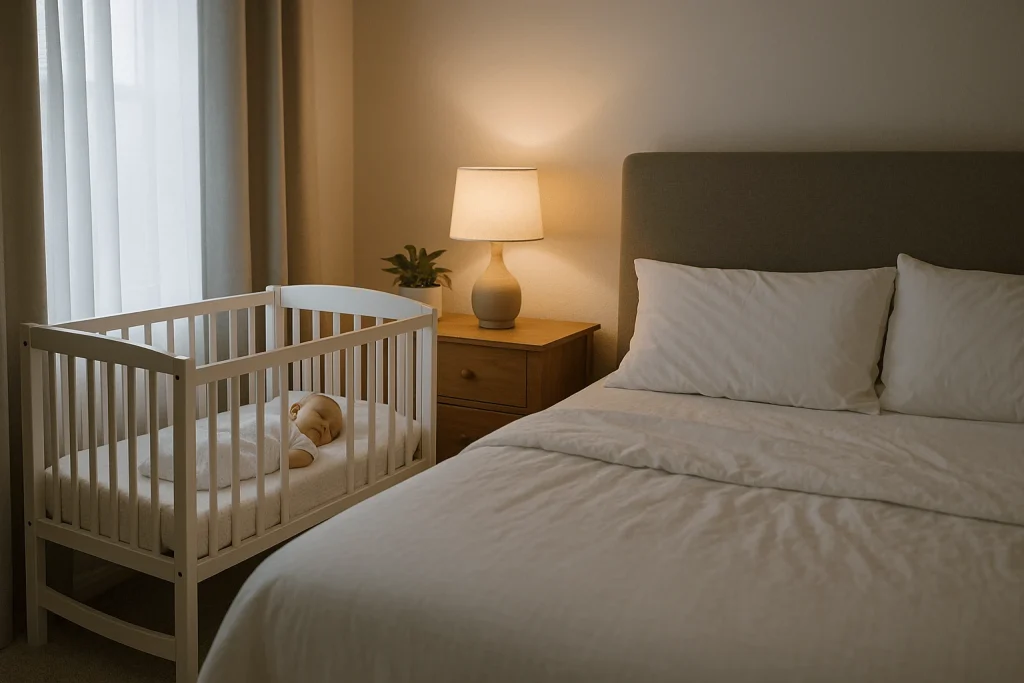
Sleep safety is just as important as routines. Here are three essentials:
Room-Sharing
Keep your baby in your room (but not in your bed) for the first six months. A crib or bassinet beside your bed lowers the risk of SIDS (Sudden Infant Death Syndrome) and makes night feeds easier (American Academy of Pediatrics safe sleep guidelines)
Co-Sleeping Considerations
Some parents choose to bring their baby into their bed. While it can feel convenient, it carries risks if either parent smokes, drinks, takes medication, or is a very deep sleeper.
👉 A safer compromise: a “sidecar crib” with a drop-down side, so your baby is next to you but in their own space.
Safe Sleep Setup
- Always place your baby on their back to sleep.
- Use a firm mattress with a fitted sheet only.
- Keep the crib free of extra bedding or toys.
- Maintain a comfortable room temperature—not too hot or cold.
These steps create a safe sleep environment you can feel confident about.
You May Like : How to Use Meditation for Deeper Sleep: A Step-by-Step-Guide
Final Thoughts

Life with a new baby often means broken nights and short naps, but it doesn’t have to stay that way. By following these baby sleep tips, you can make rest a little easier for both you and your baby.
Remember, every baby is different. What works quickly for one may take longer for another. Be patient with yourself, keep routines simple, and celebrate small wins—even an extra hour of rest is progress.
Baby Sleep FAQs: Common Questions Answered
What is the 5-3-3 rule for babies?
The 5-3-3 rule is a nap schedule: 5 hours awake in the morning, then 3 hours, then 3 hours before bedtime. It’s a guideline—babies may need more or less awake time depending on their age.
What helps babies sleep better?
A regular bedtime routine, a safe and quiet crib, dim lights in the evening, and putting your baby down drowsy (not asleep) can all help.
How to get your baby to sleep quickly?
Keep bedtime calm—lower the lights, reduce noise, and move slowly. Rocking, swaddling (for younger babies), or white noise can also help.
What is the 5-8-5 rule for babies?
This routine suggests 5 hours awake, nap, 8 hours awake, nap, then 5 more hours before bed. Like the 5-3-3 rule, it’s optional—not every baby fits neatly into it.
How to put a baby to sleep in 40 seconds?
There’s no magic trick, but gentle patting, soft “shhh” sounds, or stroking your baby’s forehead can calm them fast. The key is consistency, not speed.
How to make your baby sleep fast?
Use a predictable wind-down routine—bath, dim lights, feed, then into the crib while drowsy. Over time, your baby learns these cues and falls asleep faster.
How to make a 1-month-old baby sleep at night?
At one month, waking for feeds is normal. Keep nights dark and quiet, feed without too much stimulation, and encourage play during the day to build day-night awareness.
When should babies sleep through the night?
Some babies stretch sleep around 3–4 months, others closer to a year. Longer nights usually come once night feeds reduce.
Is white noise good for babies?
Yes, when used safely. Keep the volume low and place the machine across the room. A steady sound can mask household noise and help babies settle.

